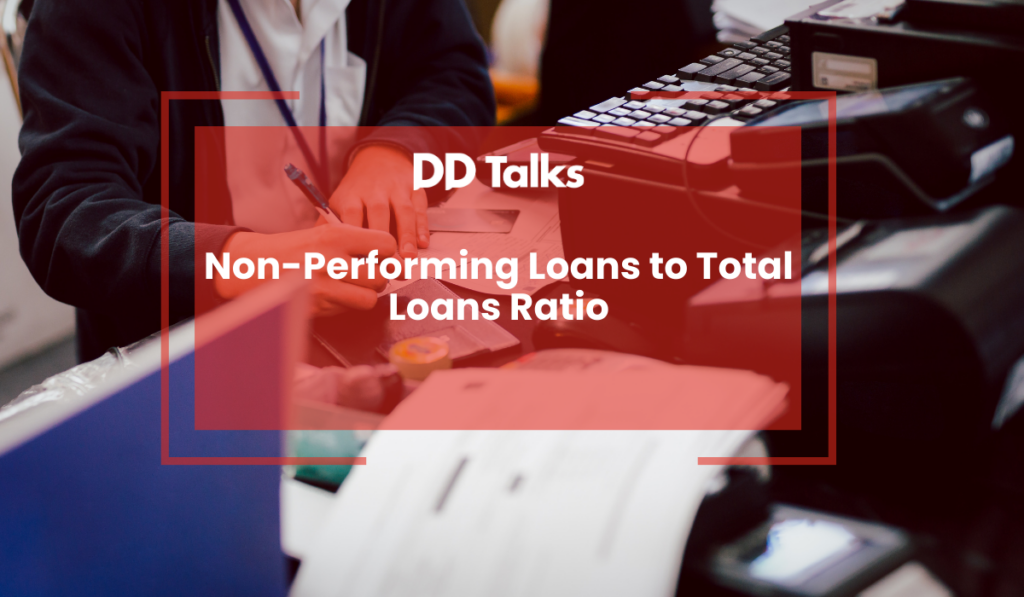Non-Performing Loans to Total Loans Ratio
Non-Performing Loans to Total Loans Ratio: An In-Depth Analysis The Non-Performing Loans to Total Loans Ratio (NPL Ratio) is a crucial financial metric used to assess the health of a banking sector or a financial institution. It provides insight into the proportion of a bank’s loan portfolio that is not performing as expected, indicating the level of credit risk faced by the institution. This ratio is particularly important for regulators, investors, and financial analysts as it helps gauge the potential risks and stability of the financial system. Understanding Non-Performing Loans (NPLs) Non-performing loans are loans on which the borrower is not making the required payments. Typically, a loan is classified as non-performing when payments are overdue by 90 days or more. The NPL ratio measures the percentage of these loans compared to the total loan portfolio. A higher NPL ratio indicates a higher level of credit risk and potential financial instability. Calculating the NPL Ratio The NPL Ratio is calculated using the following formula: NPL Ratio=(Non-Performing LoansTotal Loans)×100\text{NPL Ratio} = \left( \frac{\text{Non-Performing Loans}}{\text{Total Loans}} \right) \times 100NPL Ratio=(Total LoansNon-Performing Loans)×100 Where: Non-Performing Loans: The value of loans that are overdue or in default. Total Loans: The total value of all outstanding loans on the bank’s balance … Continue reading Non-Performing Loans to Total Loans Ratio
